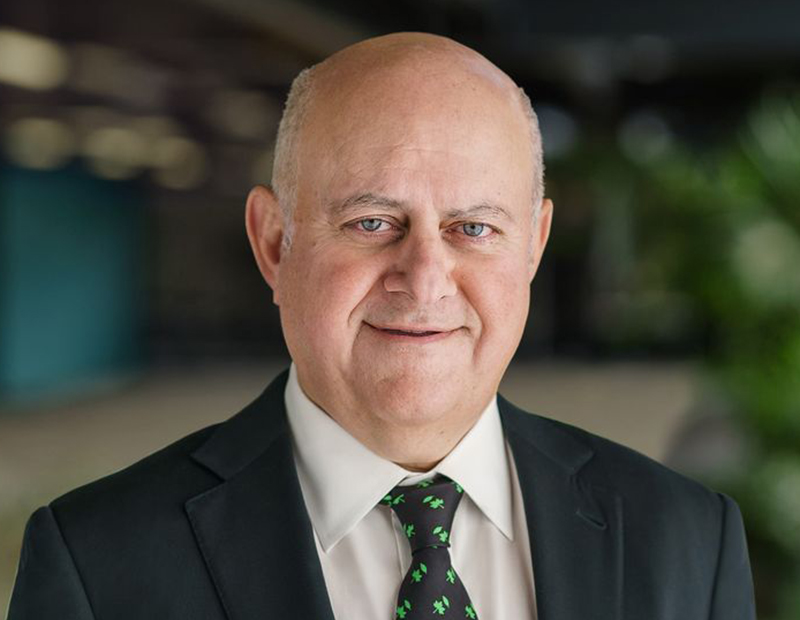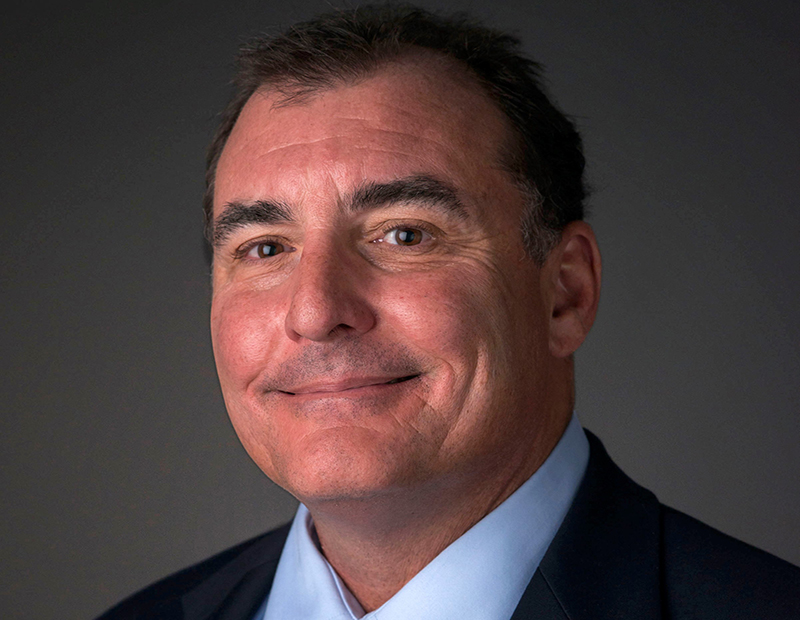Willy Walker on SPAC Fever in CRE
The chairman & CEO of Walker & Dunlop on the trend that is opening a new door for buyers and sellers.

Walker & Dunlop Chairman & CEO Willy Walker.
Last week, Simon Property Group Acquisition Corp. priced its IPO at $300 million and began trading. What does the company own? Nothing yet. Trading under the symbol “SPGS.U,” the new public entity is a special purpose acquisition company formed to buy an existing firm and take it public.
The IPO is part of a growing trend in investing—but not really a new one because SPACs have been around since the 1990s—that is attracting a lot of attention and a tremendous amount of capital. According to SPAC Insider, $83 billion in SPACs was raised last year (up from $13.6 billion in 2019), and $53 billion has been raised this year to date.
READ ALSO: U.S. REITs’ Long Road to Full Economic Recovery
Not all of these “blank check” companies are in the real estate space, but an increasing percentage of them are being formed to purchase real estate and property-related technology firms. Recently, RXR announced it is raising $250 million for a proptech SPAC. Tishman Speyer announced its second SPAC in January targeting real estate and proptech. Its first SPAC took keyless-entry firm Latch public at the beginning of the year.
Commercial Property Executive chatted with Walker & Dunlop Chairman & CEO Willy Walker about the upsides and downsides of SPACs.
CPE: Willy, what do you think of SPACs?
Walker: So much capital has been raised in these SPACs. They’ve been raised by predominantly savvy investors who can front the underwriting costs to get them up and going, and they’ve given investors essentially a free option.
You invest the 10 bucks per share. You get to look at the company you’re going to go acquire. If you don’t like the company, you get your money back. If it’s a good acquisition, you invest and on you go.
I think a lot of people put money into these just to park cash, and there are clearly some deals that make a lot of sense. I know Barry Sternlicht raised a SPAC, and his first deal went into a health-care company.
I have no other details on the deal, but my guess is that Barry found a company that was owned by a private equity firm and the private equity firm wanted out. Instead of going through the hassle of going public, they said: “We’ll sell to the SPAC.” The SPAC had already done all the work of being a publicly traded vehicle and, boom, off they go. Barry is a super savvy investor, and I’m assuming that that’s a really good deal. Barry’s also gone out and raised two other SPACs.
These entities have also been called “blank check” companies. But there are some restrictions on them, correct?
Walker: There’s a timeline on actually deploying capital in SPACs. They have two years to find the company.
My assumption is that there’s a good company for them to invest in in the next two years. But so much capital has been raised in this SPAC space that—toward the end of the cycle—people may do deals at fantastic valuations just to deploy the capital and make the promotion that the sponsors are going to get.
Would you invest in a SPAC?
Walker: It’s a very interesting market phenomenon right now. I’m sure that there will be good companies that go into SPACs, but I’d be hesitant to invest in a SPAC that’s being raised today because they are putting more credibility on the sponsors than the IPO process. Especially after taking Walker & Dunlop public, you understand that the rigorous underwriting process is there for a reason. This is changing the process from underwriting a company to underwriting a sponsor.
I have zero doubts in Barry Sternlicht’s ability to invest. But there are a lot of other SPACs that have been raised by people who are not as good investors as Barry Sternlicht, and I put a big question mark behind that.
CPE: What kind of companies are they buying? Is it just startups?
Walker: They’re buying established companies. It’s an incredible phenomenon for the private equity world. If you’re in the private equity world, and you have a number of portfolio companies that you would eventually sell to an industry participant or take public, SPACs now give you a completely new avenue of exiting.
In the venture world, as investments have gone from just seed investments to rounds II and rounds III or IV, when you get to the size of a round IV venture, many people would say that looks more like a private equity investment than a venture investment because the company’s up and going.
Those late stage venture funds are kind of bridging between venture and private equity. Similarly, here, the SPACs are bridging between private equity and the public markets. They’re going to give a lot of private equity firms the ability to get out of investments and into a public format without going through the rigors of an IPO.
It’s a great day for PE. If you’re sitting at Blackstone or Carlisle, you are just smiling that so much money has been raised in the stock market.
CPE: But do you think there is risk there. What are the risks?
Walker: I think there is tons of risk because you are underwriting a person—that is all you are underwriting right now.
Going back to the example of Barry Sternlicht, if he were to go out and raise his next real estate private equity fund, it would require travel around the globe, face-to-face meetings with multitudes of sophisticated institutional investors, and they would go and raise a specific fund. It would probably take him about a year to a year-and-a-half to raise that capital. And investors work with him because he tells them what they were investing in, the types of properties they wanted to invest in, and what the team would look like. Even with Starwood’s track record he’d still have to go do that.
To raise a SPAC today, and raise not as much capital as a large private fund, but hundreds of millions of dollars, you can basically hire an underwriter and say, “I, Average Joe, am going to raise a couple hundred million dollars. I don’t know what I’m going to invest in, but trust me. I’m really good.”
But not all sponsors are equally strong and knowledgeable. The one thing to remember is that, as an investor, you also have the ability to not invest and get your money back.
That gives everybody the security that, in a zero-interest-rate environment, you’ve given your money at $10 a share to somebody to hold for two years. And, if during that two-year period, they don’t invest it or you don’t like what they’re invested in, you get it back. That’s as good as being in treasuries today. So why not just give it to somebody? You have an option on what they buy, and if you don’t like it, you get your money back. That’s not bad.
At the end of the day, there are SPAC sponsors who paid millions of dollars to raise these things that could end up finding companies that the investors don’t want to go into. The sponsors have all the costs of raising the SPAC, managing the SPAC, all the underwriting costs of finding a company to buy, and then they go to their shareholders and say we’re going to buy XYZ company at x price. The shareholders can always say, “Guess what? We’re not investing.”
But there’s not going to be a market event in which five SPACs that were raised didn’t actually invest in their companies because the people who lose are not only the investors but the SPAC sponsor.
CPE: The sponsor bears all the risk then, I guess.
Walker: They do until you invest. Then the equity holders are buying into what you want to buy. At the end of the day, it’s just an option to invest with somebody that you think is a smart investor.







You must be logged in to post a comment.